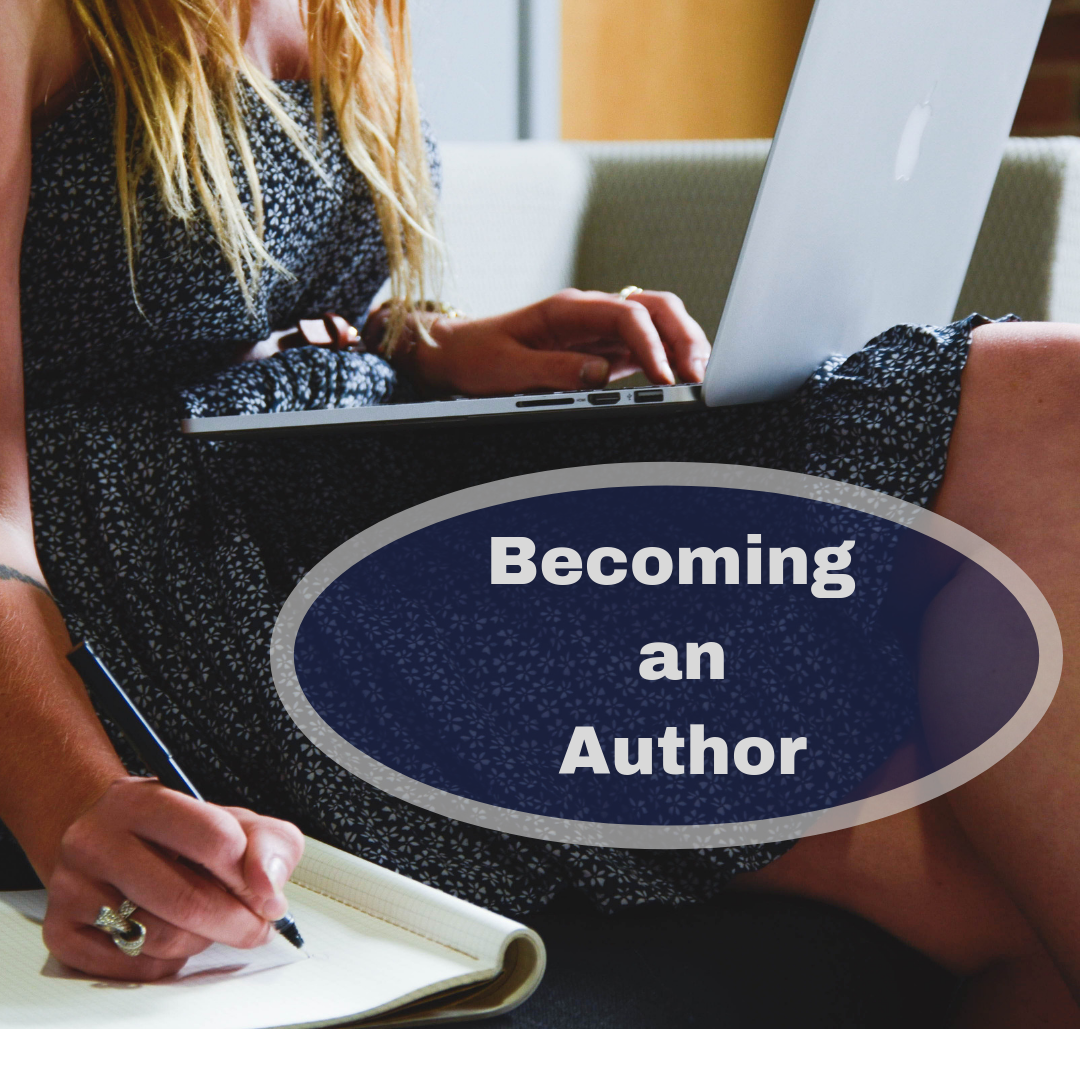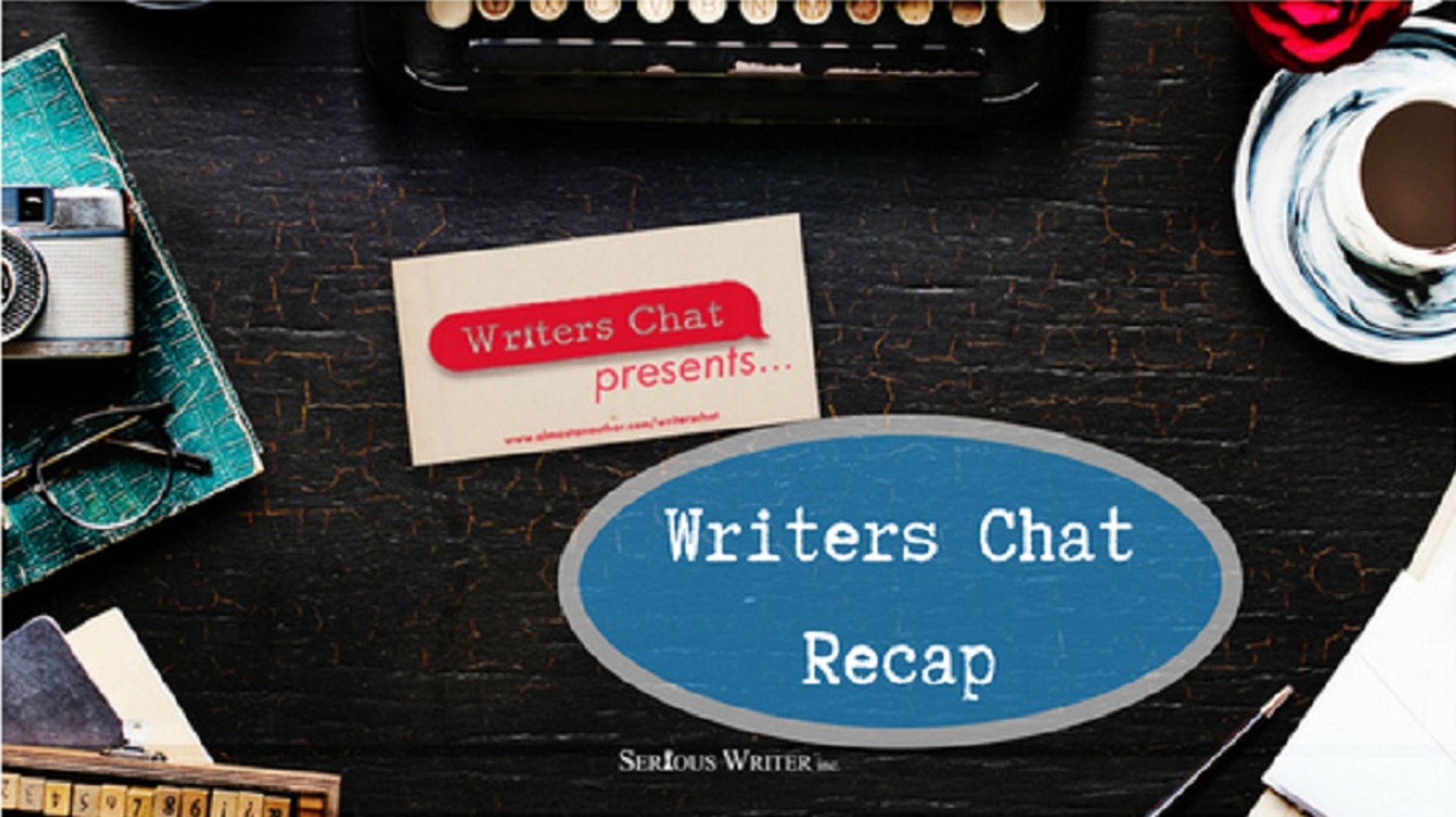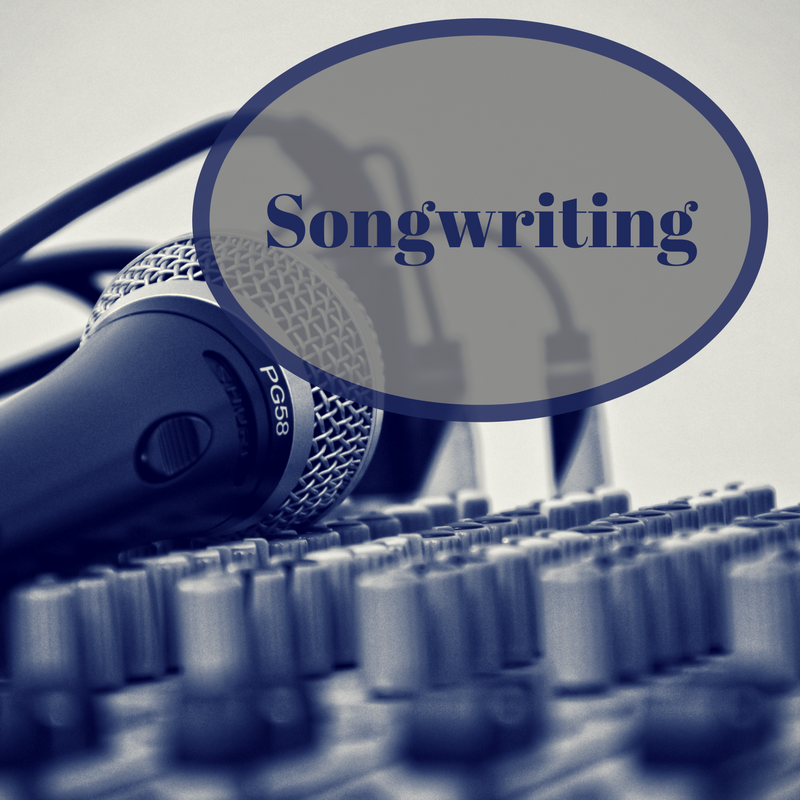
Acting Techniques to Deepen Your Writing – Part 2
As I mentioned in the previous post, there is much we can learn on the writing craft by studying…
July 9, 2020
As I mentioned in the previous post, there is much we can learn on the writing craft by studying…
July 9, 2020
Writers Chat, hosted by Jean Wise, Johnnie Alexander, and Bethany Jett, is the show where we talk about all…
October 30, 2019
Everyone uses body language in one way or another. Talking with a friend, in a business meeting, or at…
September 17, 2019
When we think of songwriting, we often think of the lyrics—that is, the actual words spewing from our lips.…
December 28, 2018
Inspiration for the stories we write often comes from our own childhood experiences. But, times change; cultures change; technology…
July 21, 2018
The trickiest part about conveying confusion is to convey it clearly, without confusing the reader. Ann Hood in Creating…
October 20, 2017
Dig deep and you’ll find attitude, and when you find attitude, you find voice. ~ James Scott Bell in…
August 20, 2017
The E’s of writing for children does not equate with ease of writing for children, but includes elements to…
October 20, 2016
“Find the key emotion; this may be all you need know to find your short story.” – F. Scott…
September 15, 2016
Once you’ve chosen the setting of your book—which we discussed in Part 1 of this series—it’s important to spend…
July 21, 2016